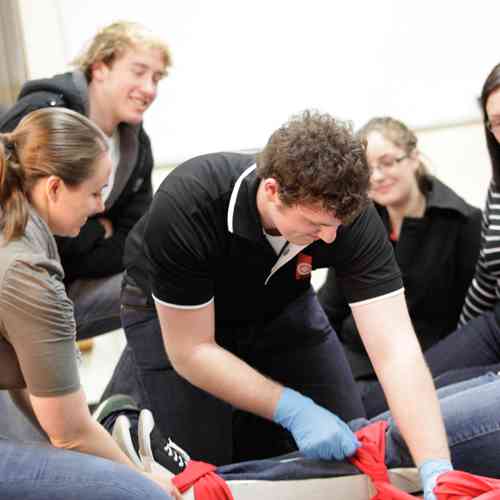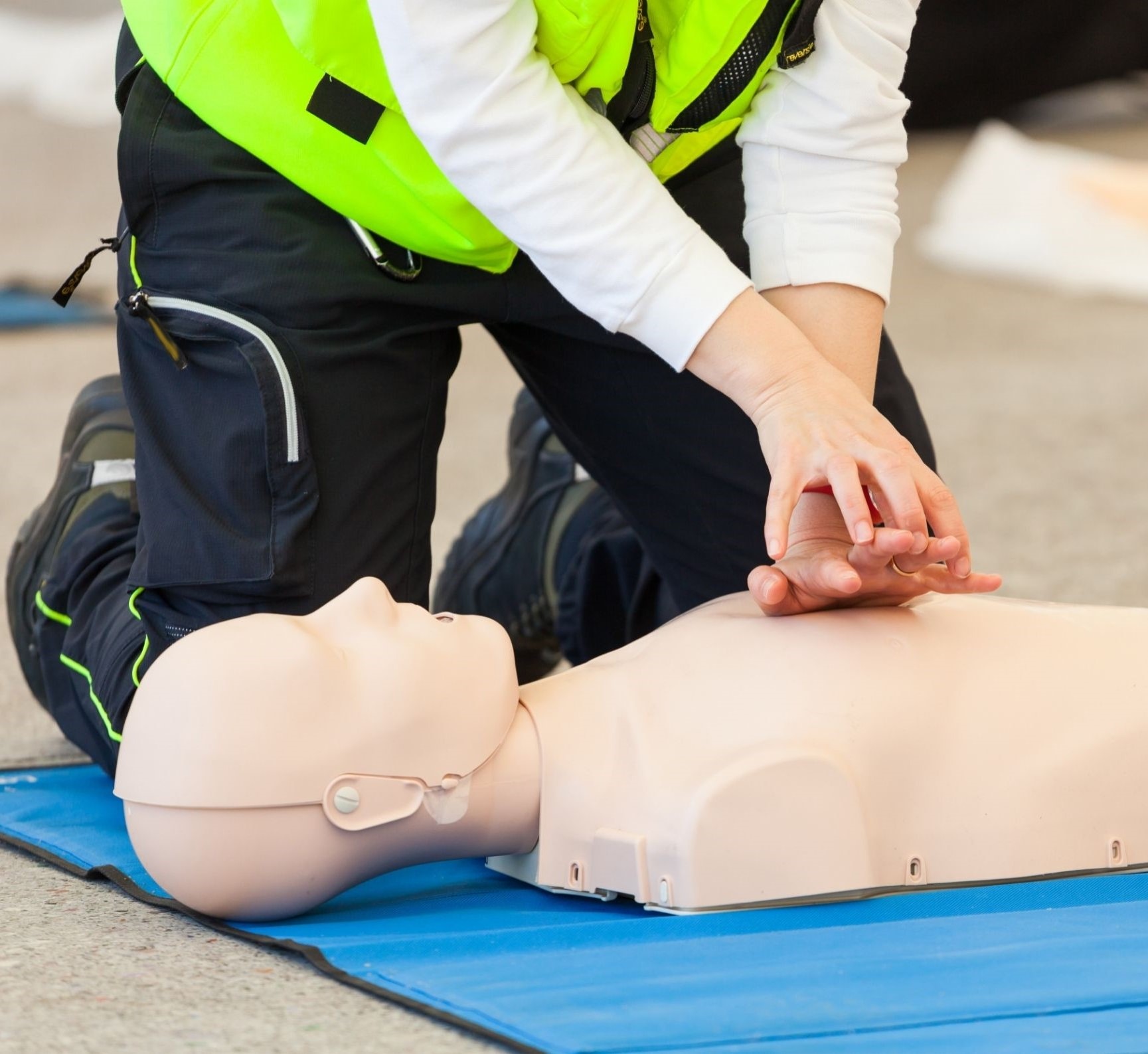Introduction
In today's hectic workplace, safety and security is critical. Organizations are progressively acknowledging the importance of developing a safe area for staff members. One of the most vital parts of workplace safety training is very first aid and mouth-to-mouth resuscitation (Cardiopulmonary Resuscitation) courses. These training courses not just empower workers with important life-saving abilities however additionally promote a culture of safety within the company. In this short article, we will certainly delve into the myriad reasons why workplace safety training need to include emergency treatment and mouth-to-mouth resuscitation courses, underscoring their value in enhancing workplace safety.
Why Work environment Security Training Must Include First Aid and CPR Courses
The integration of first aid and mouth-to-mouth resuscitation training courses into work environment safety training has significant benefits. They furnish workers with the understanding and abilities required to react efficiently to medical emergencies, lower recovery time for injured people, and possibly conserve lives. In addition, having educated personnel on-site can infuse confidence among staff members and guarantee them that their health is prioritized.
Understanding First Aid
First aid refers to the immediate care offered to a private struggling with a minor or significant health problem or injury up until expert clinical aid gets here. Comprehending fundamental emergency treatment principles can make a considerable difference in emergency situations.
Key Elements of First Aid
Assessment: The ability to analyze a situation quickly can aid identify the proper activities needed. Stabilization: Understanding exactly how to stabilize a hurt individual avoids further harm. Communication: Properly communicating with emergency services is essential for prompt assistance.The Importance of CPR
CPR is a life-saving technique made use of in emergency situations when someone's heart beat or breathing has quit. It includes breast compressions and rescue breaths to preserve blood circulation and oxygenation up until expert assistance arrives.
How mouth-to-mouth resuscitation Works
- Chest Compressions: These assist circulate blood throughout the body. Rescue Breaths: These provide oxygen to the lungs.
Benefits of Emergency treatment and Mouth-to-mouth Resuscitation Certification
Obtaining an emergency treatment certification or finishing mouth-to-mouth resuscitation training courses comes with numerous benefits, both for individuals and organizations.
Enhanced Staff member Confidence: Workers feel much more safe and secure recognizing they have life-saving skills. Reduced Healing Time: Quick action with first aid can lead to far better outcomes for hurt individuals. Compliance with Regulations: Lots of markets require licensed workers as part of their health and wellness regulations.Creating a Culture of Safety And Security Through Training
Implementing emergency treatment and CPR training fosters a society that prioritizes employee health.
Encouraging Teamwork
Training sessions usually entail team-building exercises that improve partnership amongst employees.
Building Trust Between Employees and Management
When monitoring buys worker training, it shows commitment to their wellness, resulting in increased morale.
First Help Rushes vs. CPR Courses: What's the Difference?
While both kinds of programs are essential, they concentrate on different skill sets.
First Aid Courses
These courses cover a wide variety of subjects beyond just heart emergencies, consisting of:
- Wound care Burns Choking
CPR Courses
CPR training courses specifically focus on techniques connected to cardiac arrest scenarios, stressing:
- Adult CPR Child/ baby resuscitation Use of an Automated External Defibrillator (AED)
Choosing the Right Training Provider
Not all training carriers are created equivalent; therefore, picking one that meets your organization's requirements is critical.

Accreditation Matters
Ensure that your chosen service provider uses accredited programs recognized by relevant authorities.
Instructor Experience
Consider teachers' certifications; knowledgeable instructors usually offer richer knowing experiences with real-world examples.
Incorporating First Aid right into Work Environment Safety Policies
Organizations should integrate emergency treatment requirements right into their wider safety policies for detailed coverage.
Regular Training Updates
Conducting routine correspondence course ensures that expertise continues to be current amongst employees.
Creating Emergency situation Action Plans
Having clear strategies in place can guide trained employees throughout emergencies.
Legal Implications of Emergency treatment Training in the Workplace
Employers have legal obligations regarding office safety and security; applying first aid training can assist minimize risks related to non-compliance.
Brisbane First Aid Course Near MeNegligence Claims
Failure to give adequate training might leave companies at risk to lawsuits if an occurrence occurs because of lack of preparedness.
FAQ Section
What is consisted of in a regular first aid course?- A normal emergency treatment course consists of direction on examining injuries, treating injuries, handling burns, dealing with choking incidents, and carrying out mouth-to-mouth resuscitation if necessary.
- Most mouth-to-mouth resuscitation programs last in between 4-- 6 hours depending on whether it's basic or advanced training.
- While not always legitimately mandated, having actually licensed personnel can substantially boost workplace safety standards.
- Many approved organizations offer online renewal options for first aid certificates which include evaluations by means of video clip conferencing.
- Yes, industries such as building and construction, healthcare, education, and production usually have governing requirements requiring skilled personnel on site.
- It's recommended that employees join refresher courses every 2 years or quicker if there are substantial adjustments in procedures or regulations.
Conclusion
To summarize, integrating first aid and CPR right into work environment safety and security training is not just a choice but a need in today's work environments where emergencies can emerge anytime. Organizations benefit immensely from having educated employees prepared to respond effectively during dilemmas while promoting an environment where staff member health takes precedence over all else. Consequently, it comes to be obvious why office security training should include emergency treatment and CPR programs-- they save lives while advertising an aggressive approach toward health and wellness requirements within companies across different sectors.

By prioritizing such essential training campaigns-- emergency treatment certificates gotten with reliable suppliers along with sensible hands-on experience-- companies can significantly boost their general emergency readiness levels while additionally constructing stronger teams efficient in dealing with any kind of situation head-on!
